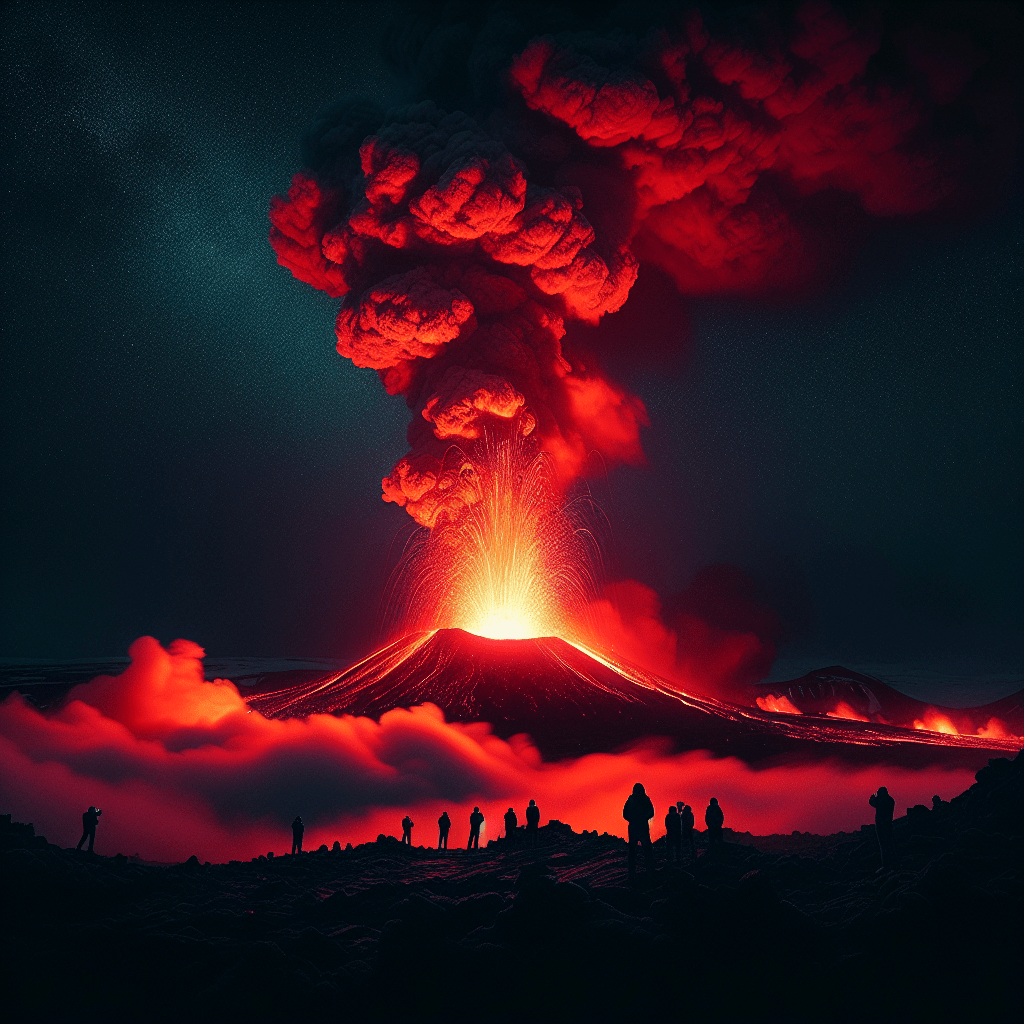Introduction to Iceland’s Volcanoes
Iceland is a land known for its unique natural features, from its icy glaciers and vibrant green landscapes to the dramatic fire bursting from its active volcanoes. The volcanic activity in Iceland not only shapes the culture and daily life of the Icelandic people, it also impacts the economy and environment at large. In this article, we will explore the geological specifications, historical relevance, recent eruptions, and the overall impact of volcanoes in Iceland.
Geology of Icelandic Volcanoes
Iceland is one of the most active volcanic regions on the planet, which is predominantly due to its geographical location. The island is located on the Mid-Atlantic Ridge, a massive underwater mountain range where the North American and Eurasian tectonic plates meet. As these two plates drift apart, magma from Earth’s mantle rises to the surface, leading to frequent volcanic eruptions.
Iceland is actually home to around 130 volcanic mountains, 30 of which are considered active. The most renowned Icelandic volcanoes include Hekla, Katla, Eyjafjallajökull, and Bárðarbunga. Each of these volcanoes has a unique geological structure, eruption history, and brings its own kind of magic to the Icelandic landscape.
Historical Eruptions and Impact
Throughout history, Iceland’s volatile volcanoes have been known for disruptions and catastrophic events. The first recorded eruption in Iceland dates back to 930 AD, just about the time the island was being settled. Volcanic activity has played a significant role in shaping the country’s history, culture, and folklore.
One of the most infamous Icelandic eruptions in recent history occurred in 2010 when the Eyjafjallajökull volcano erupted. This eruption caused the cancellation of flights across Europe, causing a huge economic impact and leaving millions of passengers stranded.
Recent Eruptions and Responses
There have been a number of significant eruptions in recent years in Iceland. The eruption of Grímsvötn in 2011 was the island’s most energetic eruption in a century, leading to significant ash fallout but fortunately no major disruptions. In 2014, a major fissure eruption in the Bárðarbunga volcanic system lasted six months, contributing significantly to global CO2 emissions.
Most recently, in March 2021, a small eruption occurred on the Reykjanes Peninsula, about 30 km southwest of the capital city, Reykjavík. Despite being very active, these recent eruptions did not result in any deaths or serious injuries. That said, volcanic eruptions are extremely unpredictable and can be highly dangerous, and as such, they are closely monitored by scientists and local authorities.
The Impact of Volcanoes on Iceland
The striking volcanic landscape of Iceland is a major draw for tourism, which accounts for a significant part of the country’s economy. The volcanic soil also plays a crucial role in the agriculture sector, offering fertile ground for farming.
Despite the beauty and benefits, there are also downsides to living in such a volcanic active country. The threat of sudden eruptions, destruction, and air pollution from ash and hazardous gases are part of daily life in Iceland.
Notes
Image description
The image represents the glowing red eruption of a volcano in Iceland during the night. Illuminated smoke and ash rise dramatically into the sky, creating a stark contrast against the dark basaltic lava field. In the foreground, onlookers watch from a safe distance, their figures silhouetted against the fiery display.
